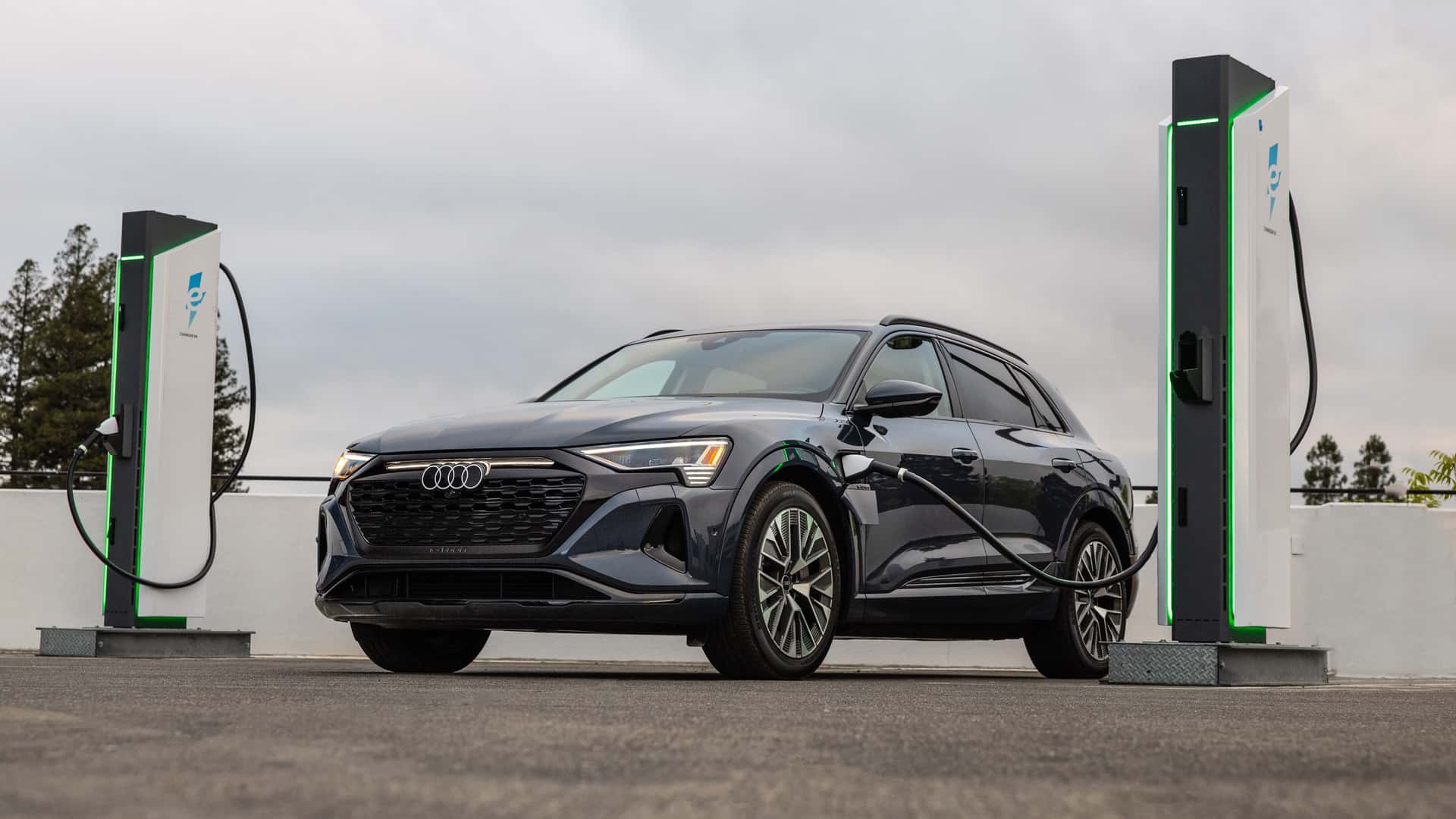
Tourists swarmed American roads over the July 4 weekend this year. Call it revenge tourism, or the simple yearning for a road trip, some 43.2 million people – or 14 percent of the country’s population – journeyed over the tarmac during the Independence Day weekend, as per an American Automobile Association (AAA) projection.
Would they have made it if their summer road trip was in an electric vehicle?
The answer depends on the route because charger frequency varies by state, says JD Power. In California, the average distance between charging stations is just 10 miles, but in Nebraska, that distance increases to 465 miles, much higher than the EPA-estimated range figures of most EVs on the market currently.
EVs with some of the highest driving range on the EPA cycle include the Lucid Air Dream Edition (19-inch wheels) with a range of 520 miles, the Tesla Model S dual motor all-wheel drive with 405 miles, and the Mercedes EQS 450+ with a range of 350 miles, among others.
Rural Western states like Colorado, Arizona, Wyoming, Utah, New Mexico, Idaho, and Nevada are prime tourist destinations for summer road trippers but have poor EV charging infrastructure, as per JD Power’s EV Index data. Among those eight states, Colorado has a better cluster of chargers, while Idaho has the worst.
Some routes lack severely. For instance, on the 270-mile stretch between Salt Lake City and Zion National Park, EV chargers are scarce, says JD Power.
As per Google Maps data, there are 21 chargers along this route, including three Tesla Superchargers, and several Electrify America, Charge Point, and EVgo stations. But as per previous reports, many Electrify America and Charge Point stations have out-of-order ports, which can frustrate drivers, and possibly lead to longer wait times.
In 2017, the National Association of State Energy Officials signed a pact to make chargers available every 50-100 miles, and within 0.5 miles of every interchange or exit, for major western transportation corridors. But JD Power’s recent data suggests that there’s still a long way to go before chargers become easily accessible along those routes.

